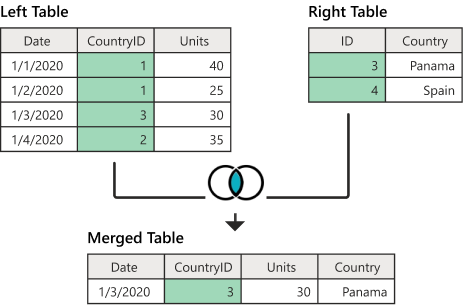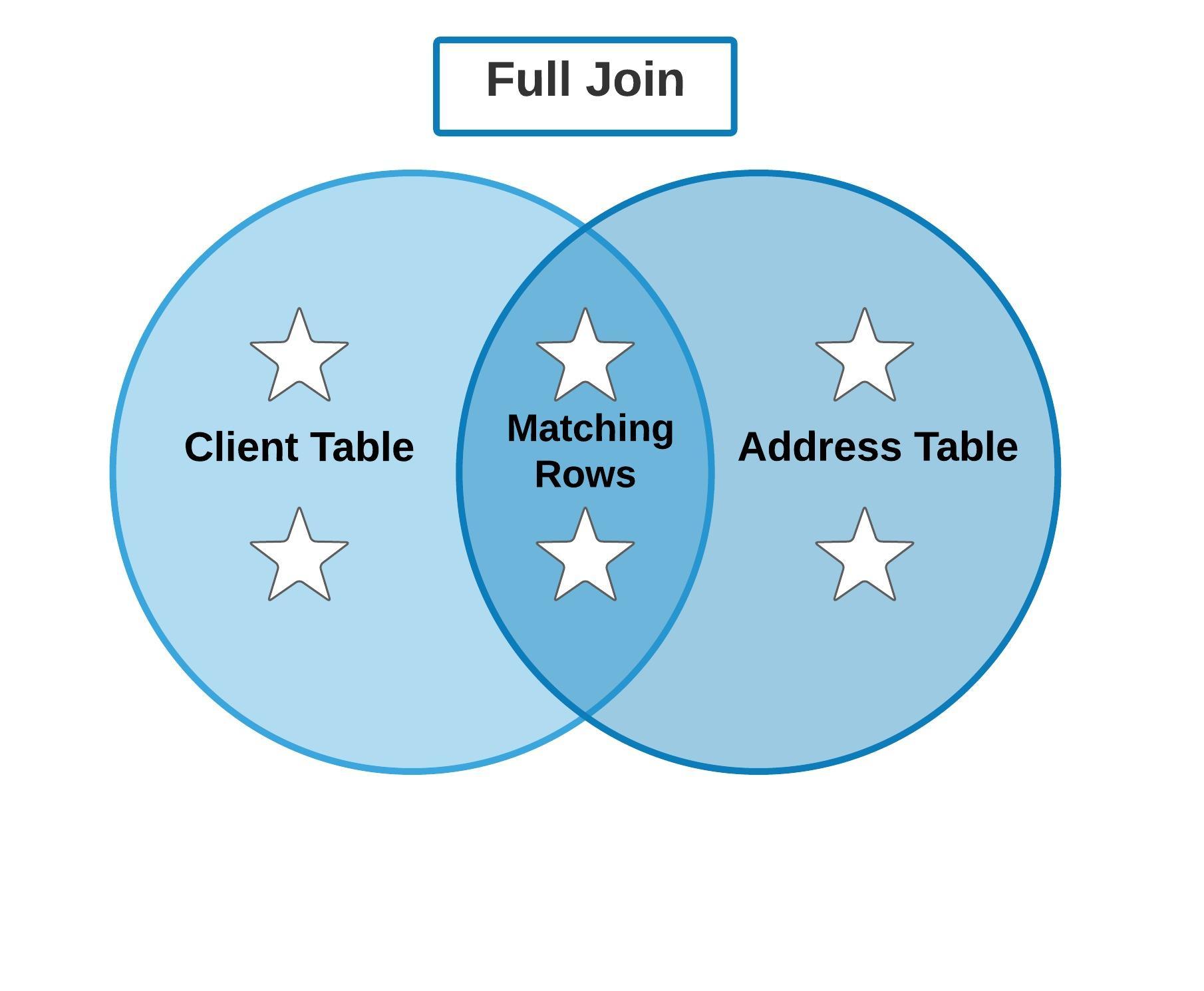Types Of Joins Presentation
| Introduction to Joins | ||
|---|---|---|
| Joins are used in databases to combine data from two or more tables. There are several types of joins, each serving a different purpose. Joining tables allows for more complex and comprehensive data analysis. | ||
| 1 | ||
| Inner Join | ||
|---|---|---|
| The Inner Join returns only the matching records from both tables. It combines rows from two or more tables based on a related column. The result contains only the rows that have matching values in both tables. | ||
| 2 | ||
| Left Join | ||
|---|---|---|
| The Left Join returns all the records from the left table and the matched records from the right table. It combines all the rows from the left table and the matching rows from the right table. If there is no match, NULL values are filled in for the columns of the right table. | ||
| 3 | ||
| Right Join | ||
|---|---|---|
| The Right Join returns all the records from the right table and the matched records from the left table. It combines all the rows from the right table and the matching rows from the left table. If there is no match, NULL values are filled in for the columns of the left table. | ||
| 4 | ||
| Full Outer Join | ||
|---|---|---|
| The Full Outer Join returns all the records when there is a match in either the left or right table. It combines all the rows from both tables, filling in NULL values for non-matching columns. This type of join is useful when you want to include all data from both tables. | ||
| 5 | ||
| Cross Join | ||
|---|---|---|
| The Cross Join returns the Cartesian product of two tables. It combines each row from the first table with every row from the second table. This type of join results in a large number of rows and is used sparingly. | ||
| 6 | ||
| Conclusion | ||
|---|---|---|
| Joining tables is a powerful technique to combine and analyze data from multiple sources. Different types of joins offer flexibility in selecting and merging data based on specific requirements. Understanding the various join types is crucial for efficient and accurate data analysis in databases. | ||
| 7 | ||






